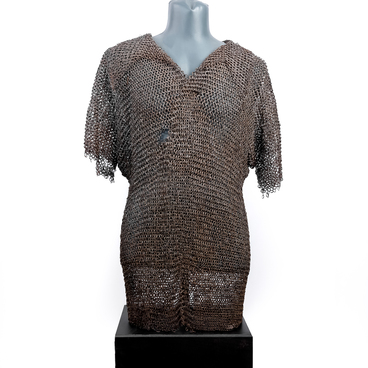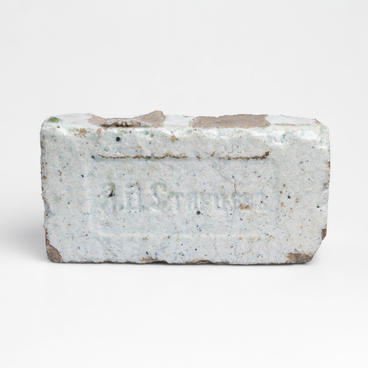The exhibition of the Vladimir Arseniev Museum of Far East History presents large tangu drums. They were brought to Russia by Apollinary Vasilyevich Rudakov, an outstanding Chinese scholar, a specialist in the history of Manchuria, and one of the founders of the Oriental Institute in Vladivostok. In 1900 he took out many invaluable artufacts of the rebellion-stricken province of Mukden: an ancient archive, a collection of books and a number of items of material culture that were common in China in the late 19th century.
Such drums are an integral part of Chinese culture, more specifically Chinese traditional theater. Drums of various sizes and types occupy an important place in a performance. By playing the drums, the conductor signals the musicians of the orchestra and the actors on stage, and with the help of bamboo sticks the drum produces various sounds, thus expressing the feelings of the characters. The drum is usually suspended by iron rings attached to the body or placed on a wooden frame.
The development of Chinese theater art is usually attributed to the beginning of the 12th century. It has many distinctive features. For example, performances are given on an empty stage, the actor verbally informs the audience about changes in stage time and space. Props are used allegorically — for example, a hat wrapped in a red cloth may represent a severed head. Sometimes props are not used at all, and the actors play with imaginary objects. Acting is based on canonized, perfected conventional methods of expression, stylized movements and gestures. And the level of training masters of the theatrical craft was so high that in the past Chinese girls even visited the theater in order to learn manners and elegance from male actors performing female roles. Over time, different styles and forms of Chinese theater succeeded each other, but it did not lose its importance for the residents of the Celestial Empire. Even as Vladivostok was developing, the Chinese living there preserved this important element of their culture.
The drums were used both for
the theater performances and possibly for other purposes — for example, during
city celebrations, accompanying festive processions. Traditionally, such
processions were held on the days of the New Year according to the Eastern
calendar, when, to the sound of tangu drums, a figure of a huge dragon made of
cloth or paper was carried through towns and villages.



